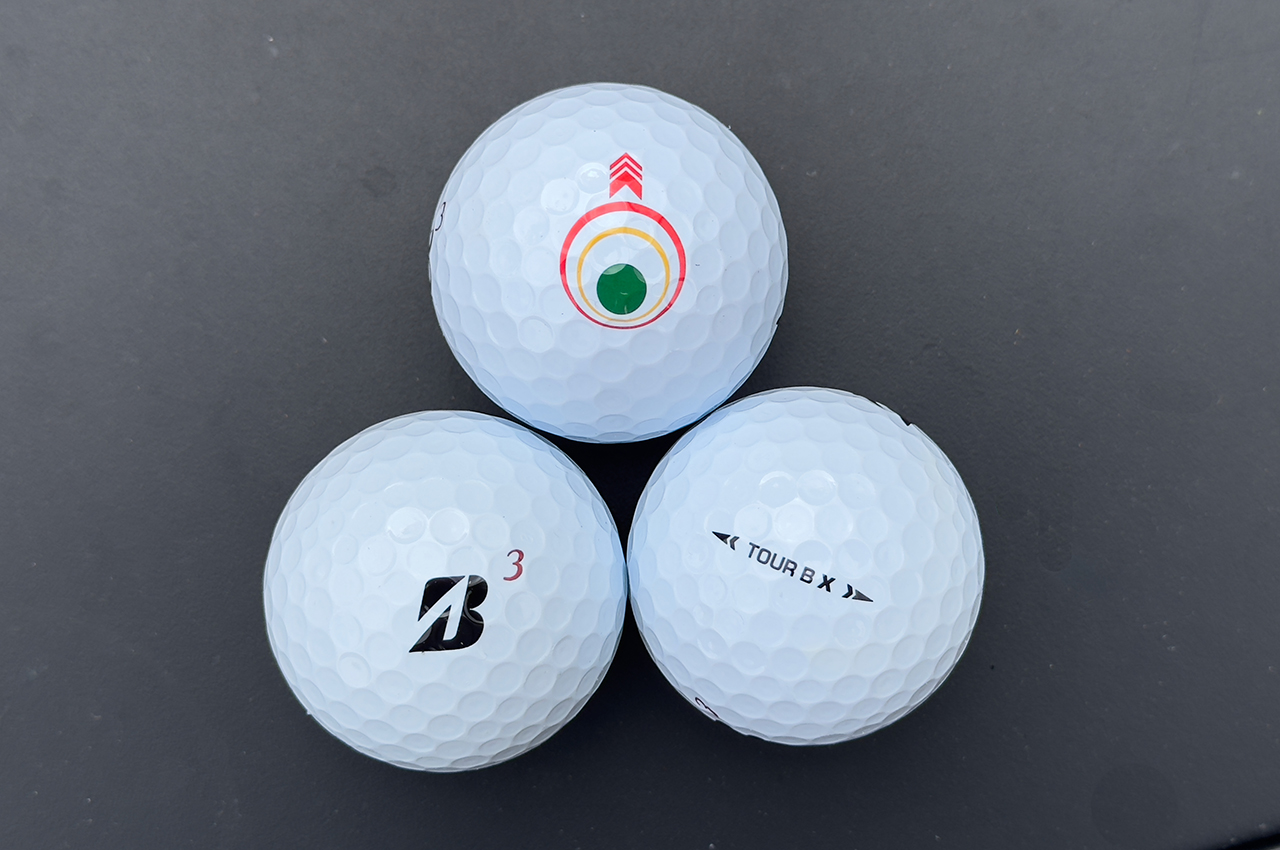Bridgestone has been one of the largest and most advanced rubber companies for decades, and what the Japanese brand learns about materials and manufacturing things like tires it can pass along to its golf division.
Tiger Woods signed a deal to play a Bridgestone ball in 2016, but in reality, the 15-time major winner had been playing a Bridgestone-made golf ball for decades. When Nike was in the golf ball business, Bridgestone manufactured its balls. Today, in addition to Woods, Fred Couples, Matt Kuchar and Jason Day are among the pros who use a Bridgestone ball.
For nearly a decade, Bridgestone has been studying and working in an area it refers to as contact science, learning how different materials react to impact forces. In 2020, that led the brand to release its first golf balls with impact modifiers. Those Tour B golf balls featured a ReactIV urethane cover that had impact modifiers blended into it that made the ball behave like a firm, low-spin ball when hit with low-lofted clubs like drivers, fairway woods and hybrids. However, on approach shots with higher-lofted clubs, the ball stayed on the face longer to enhance feel and spin.
For the 2022 Tour B balls, Bridgestone used two impact modifiers to change the ratio of those materials to the urethane used to create the cover. The result is what Bridgestone calls ReactIV IQ. Instead of one cover formulation being used on all four Tour B balls, each has a uniquely-created blend that is designed specifically for that ball.
For 2024, Bridgestone updated its Tour B Series balls and enhanced its E Series balls, but which Bridgestone ball is ideally suited to your game? The brand offers several different models at varying levels of sophistication and price, so check out the write-ups and descriptions below to get a deeper understanding of Bridgestone’s golf ball philosophy and learn the subtle differences between the Tour B balls and the e Series balls, and find out which is right for your game and budget.

